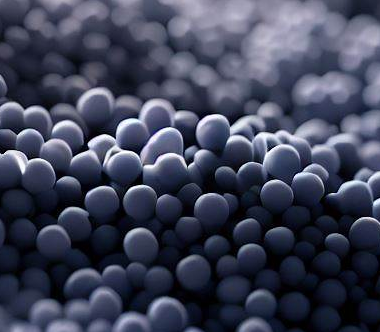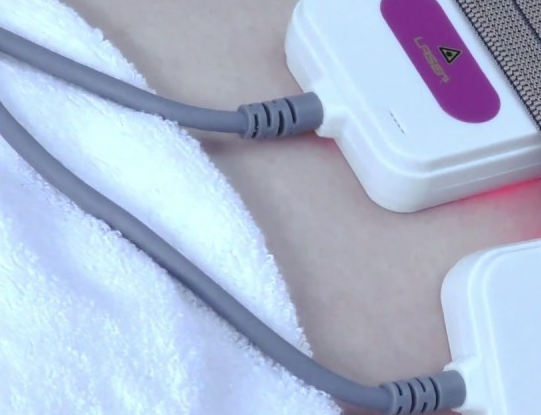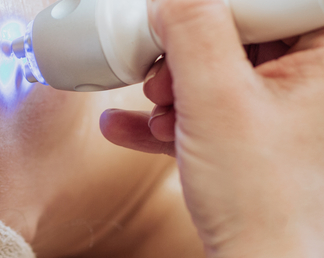Cataract surgery entails the removal of cataracts, concomitantly enhancing visual acuity. You can regain clear vision after cataract surgery since it removes the cataract-causing natural lens from the affected eye.
When you undergo cataract surgery, your natural lens will be replaced with an artificial one known as an intraocular lens or IOL. There are numerous varieties of IOLs available, so you have a lot of options to consider before undergoing cataract surgery.
What is Tecnis Eyhance IOL?
The Eyhance represents a novel type of monofocal lens. Patients seeking a standard lens had only one option available to them until recently, as there was only one type of monofocal lens.
The Eyhance lens is in between a regular and premium lens in terms of quality. The Eyhance lens is not totally uniform. Instead, it slowly changes from one refractive power on the edges to a different refractive power in the middle. By using a monofocal lens, one can achieve a comparable effect without using two opposing lenses for monovision.

Patients who use the Eyhance IOL benefit from better distance vision when viewing objects that are far away or at an intermediate distance. It has a greater depth of focus, so you can see more clearly at greater distances than just at a middle or intermediate range.
Pros
Enhanced Vision Clarity
The notable enhancement in visual clarity provided by Tecnis Eyhance IOL is among its most important advantages. Patients frequently report sharper and more vibrant vision following implant surgery.
Enhanced Contrast Sensitivity
The lens is intended to boost contrast sensitivity, making it simpler to discern between objects in a variety of lighting settings. This can be especially helpful for low-light reading and driving at night.
Proven Safety and Efficacy
Under rigorous clinical trials, the safety and efficacy of Tecnis Eyhance IOL have been demonstrated. Patients can have confidence in the reliability of the procedure because it has been approved by regulatory authorities.
Quick Recovery
Following Tecnis Eyhance IOL implantation, recovery is usually swift and painless. In a few days to a week, the majority of patients are able to return to their regular activities.
Long-Term Solution
This IOL offers a long-term remedy for visual problems. It can provide enhanced vision for several years after it is implanted, decreasing the need for periodic procedures.
Cons
Cost
While the Tecnis Eyhance IOL has numerous advantages, it is relatively pricey. Patients should be ready for possible out-of-pocket costs as insurance coverage varies.
Not Suitable for Everyone
Tecnis Eyhance IOL is not appropriate for everyone. Eligibility might be influenced by factors such as eye health and overall health. A thorough consultation with an ophthalmologist is required to assess eligibility.
Possibility of Visual Errors
In low light, some patients may have visual distortions including glare or halos. These manifestations can be annoying for some people, even though they are normally minor and go away with time.








